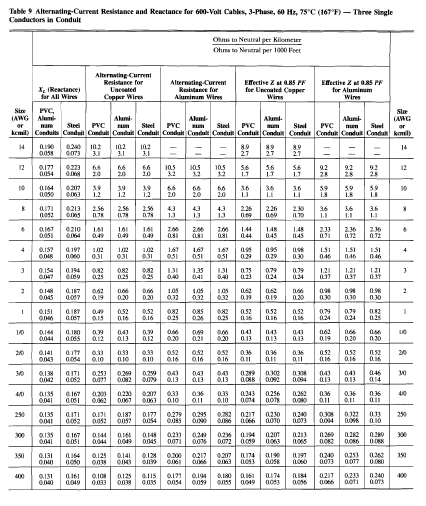Type of DC Network: Network with one terminal grounded
 |
| DC Network with one terminal grounded | Source: ABB |
This type of network is obtained by connecting one terminal to the ground. This connection type allows the overvoltages due to static electricity to be discharged to the ground.
 |
| Grounding Solution | Source: ABB |
Fault types in a network with one terminal grounded.
In the following examples, the grounded terminal is the negative one.
Fault A
The fault between the two terminals is a short-circuit current fed by the full voltage V. The breaking capacity of the circuit breaker shall be sized according to the short-circuit current relevant to such fault.
 |
| Sample Fault: Fault at A |
Related Article:
- Type of DC Network: Network insulated from ground
- Type of DC Network: Network with the middle point of the supply source connected to ground
Fault B
The fault on the non-grounded terminal sets up a current involving the overcurrent protections as a function of the soil resistance.
 |
| Sample Fault: Fault at B |
Fault C
The fault on the grounded terminal sets up a current which affects the overcurrent protections as a function of the soil resistance. This current presents an extremely low value because it depends on the impedance of the soil and the V is next to zero because the voltage drop on the load further reduces its value.
 |
| Sample Fault: Fault at C |
With this type of network, the fault type which affects the version of the circuit breaker and the connection of the poles is fault A (between the two terminals). However, it is also necessary to take into consideration the fault between the non-grounded terminal and the ground itself (fault B) because as described above, a current could flow at full voltage. For this reason, all the circuit breaker poles necessary for protection must be connected in series on the non-grounded terminal.
Source:
- ABB Circuit Breakers for Direct Current Applications | pp. 16-17
- Publisher: ABB
- Download Here

.webp)











No comments: